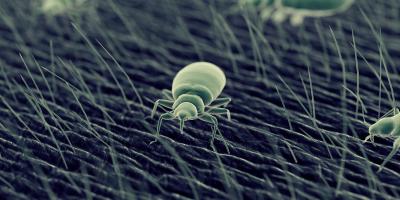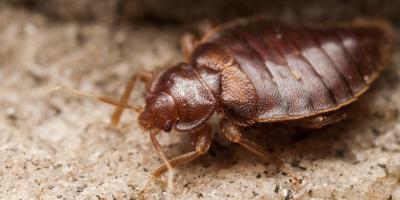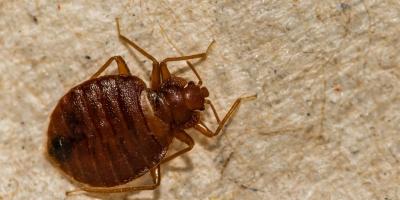Risks Associated with DIY Bed Bug Control

With the state of today’s economy, more people are looking to save money by doing things themselves instead of hiring a professional. The consumer’s balance between saving time or money has shifted in favor of money. There are many things the average homeowner can do around the house to save money such as rake the leaves, cut the lawn, and paint the kitchen. However, when considering waging battle against certain pests in and around your home, it is advisable to retain a licensed professional applicator to do the job.
Why Bed Bugs Are Not DIY (Do It Yourself) Pests:
Bed bugs do much more than drink our blood, they destroy reputations, lead to financial losses, deprive us of sleep and the sanctuary of our beds. These human parasites have a negative impact on the quality of live when infestations are present. From mansion to apartment dwellers, and all people in between, these bloodthirsty bugs are very difficult to bring under control and respect no bounds.
Frankly, the goal here is not population reduction; it is population elimination. If a single gravid bed bug (fertilized female) is left behind in a DIY control effort, then expect a major resurgence of bed bugs in short order. In this case, all money spent on DIY kits is wasted, and you will be required to attempt control again at your expense, which will most likely end in another failed treatment. At this stage, your monetary savings have evaporated, and your time spent to remove this pest from your life is escalating exponentially.
There are many products available to consumers for bed bug control at big box stores, local hardware, and online stores. Owning a hammer does not make you a carpenter. You may have the right tools available but lack the expertise to get the job done. For starters, there are so many insecticide choices on the market and each supplier is trying to sell consumers their brand whether it works or not. The onus of product selection and use belongs to the applicator. Even though each EPA-registered product comes with a set of label directions, these directions were written by scientists, and the language was approved by the federal government. Therefore, the language can be quite confusing, to say the least, because of legal ease and technical jargon used.
When you search the store shelf or the online store for the correct active ingredient to use, you will surely be confused unless you are a professional pest control operator. Consumers are confronted with active ingredient names such as bifenthrin, imidacloprid, permethrin, lambda-cyhalothrin, and many, many more chemical names unfamiliar to non-professionals. Additionally, Do It Yourselfers may be required to properly dilute and mix active ingredients with water, and dilution charts on the label are confusing to non-professionals.
The use of insecticides is not a game, and when the wrong materials are selected and improperly applied, disastrous results and outcomes can and do occur. There are many things that can go wrong when insecticides are improperly handled and applied by non-professionals including human poisoning, pet poisoning, applicator poisoning, property contamination, environmental contamination, property damage (caused by staining oils, solvents, and active ingredients), strong odors, and household fires/explosions (especially when using aerosols).
Another major challenge in eliminating a bed bug infestation revolves around their cryptic biology and life habits. Knowing how to identify their harborage locations requires extensive training and experience that the average homeowner cannot acquire through a store clerk or online DIY tutorials. The first and most important part of a successful control program is pest identification.
But aren’t all bed bugs alike?
In the New England Region, consumers are faced with nearly identical twin-like species of Cimicids (scientific name for bed bug group), one is the common bed bug and the other is the bat bug. Proper identification takes a well-trained licensed professional or an entomologist to separate these two species.
So, what happens if the bed bug is really a bat bug? Won’t the treatment kill bed bugs and bat bugs?
The answer is “yes”, but with a proviso. Any exposed (out in the open) bed or bat bug will most likely die when treated with a wide array of insecticides. Problem is, bat bugs aren’t infesting bedrooms and other living spaces like bed bugs do, and likely originate in attics where bats roost. Bat bugs are parasites of bats. When bats migrate, bat bugs left behind will seek other harborages and hosts. The discovering of a bat bug within a structure is a sure indicator that bats are also present somewhere in the building.
Inspecting and treating for bed bugs is an intense and anxiety provoking scenario for homeowners, tenants, and landlords. At JP Pest Services, we remove the worry and complexities of inspection, identification, product selection, mixing pesticides, storing pesticides, need for specialized equipment, applying pesticides, and pesticide disposal from the homeowner, landlord, or tenant. Let our highly trained service professionals and their supporting managers take on the monumental responsibility of bed bug or bat bug elimination. In the long run you will save money, time, and more importantly, gain peace of mind when you select JP Pest Services to take care of all your pest control needs.



